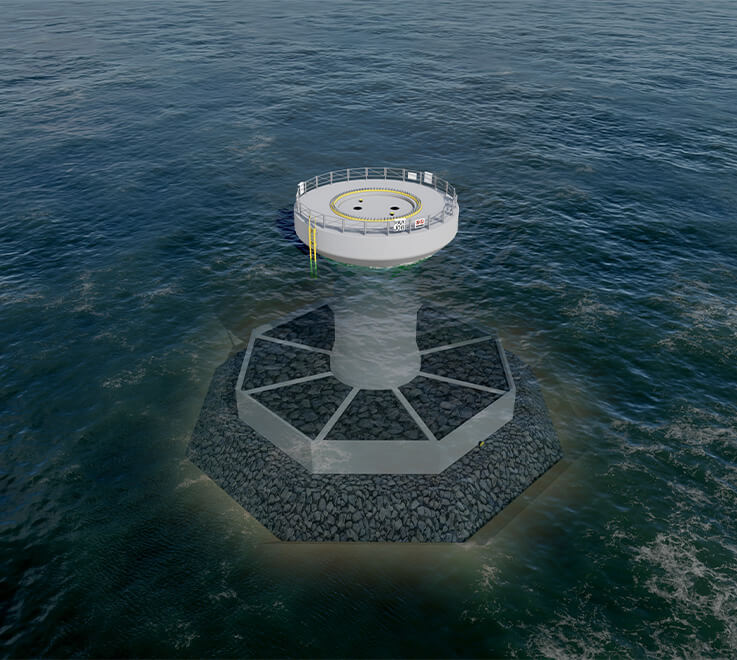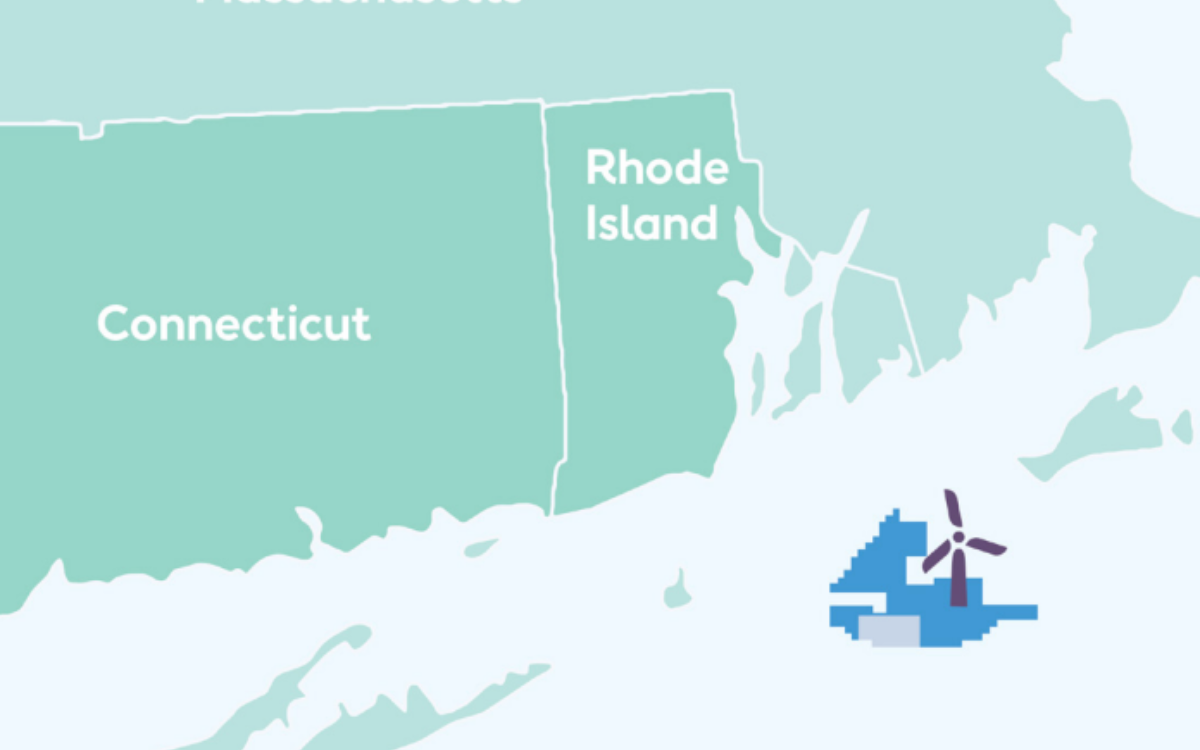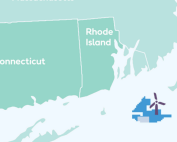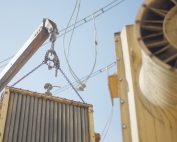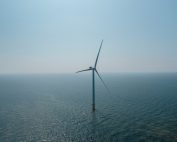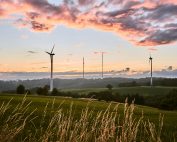Large rocks, which will form a kind of artificial rock reef at Aflandshage Havvindmølle Park, will help to strengthen the marine environment. The mills will supply green electricity for what is equivalent to the consumption of 300,000 households when they are ready in 2026.
The 26 offshore wind turbines that will make up Aflandshage Windmill Park in the southern Øresund will have foundations that will be partly covered by large rocks. The stones must form a kind of artificial stone reef, so that there will be more crevices and thus hiding places for cod, crabs and other animals. The artificial rock reefs will be established at the foundations where relevant.
More breeding grounds and more biodiversity
HOFOR, the capital city’s supply company, which is behind the wind farm, has just entered into an agreement with Per Aarsleff A/S for the design, production and installation of the foundations.
The agreement includes a so-called Nature Inclusive Design in the form of e.g. a kind of artificial rock reef, which consists of large rocks at the foundations, which form crevices and thus hiding places for fish and small animals. The hope is that it will help to provide more biodiversity in the marine environment and improve the living conditions for cod in particular, which has been in sharp decline in Danish waters in recent years.
“It is a strategic goal for us to help strengthen Denmark’s green transformation, and the turbines will provide the Øresund region with plenty of renewable energy, but it is not CO2-free to build wind farms, and we have therefore chosen to set requirements about sustainability to all our suppliers. In the tender material for the foundations, we have demanded that as far as possible we consider and strengthen the marine environment and also reduce the CO2 footprint where possible,” says Henrik Plougmann Olsen, director of HOFOR.
The association Clean Sea supports the initiative
The association Clean Sea has long pointed out that there is a lack of rock reefs in the sea – especially in Øresund. Here, Clean Hav believes that the industry has collected stones without understanding the consequences for the marine environment, and therefore HOFOR’s initiative with artificial stone reefs on the wind turbine foundations is very welcome:
“In the fight to restore a healthy Danish marine environment at a high ecological level, reefs are one of the best tools we have. In addition to being able to house entire ecosystems, they also make our oceans better able to absorb more of the nutrients that are unfortunately discharged into the ocean. At Rent Hav, we ourselves are fighting to re-establish and build new rock reefs in Denmark, and we therefore welcome the fact that HOFOR can come up with a large industrial re-establishment initiative with several rock reefs,” says Heine Birk Hansen, Rent Hav board member.
Foundations with a smaller CO2 footprint
The foundations will be between 17 and 25 meters high and weigh up to 4,000 tonnes. Each foundation must support a wind turbine, which is approx. 220 meters high at the top of the wing. The foundation agreement takes into account concrete’s high CO2 footprint in the choice of materials.
“At Aarsleff, we have twenty years of experience in setting up offshore wind turbines, and we work strategically with sustainability. We have designed a sustainability strategy specifically for this project with various initiatives spanning greenhouse gas emissions, circularity and workforce engagement with sustainability. The rebar in the foundations, for example, is almost exclusively made from recycled iron, and the foundations will be recycled as far as possible when the life of the turbines is over,” says Jesper Kristian Jacobsen, managing director of Per Aarsleff A/S.
CEM III cement will also be used for the concrete. This type of cement uses blast furnace slag, a by-product of iron and steel making, to reduce the amount of regular Portland cement, which has a higher carbon content.
Design and planning start now
Design and planning will begin now, while the fabrication of concrete, excavation and establishment of stone pads will be carried out in 2024. The foundations will be established in the first half of 2025. Work will be completed in autumn 2025.
The condition of the foundations of the offshore wind turbines will be monitored during the lifetime of the wind farm.
Source: HOFOR
